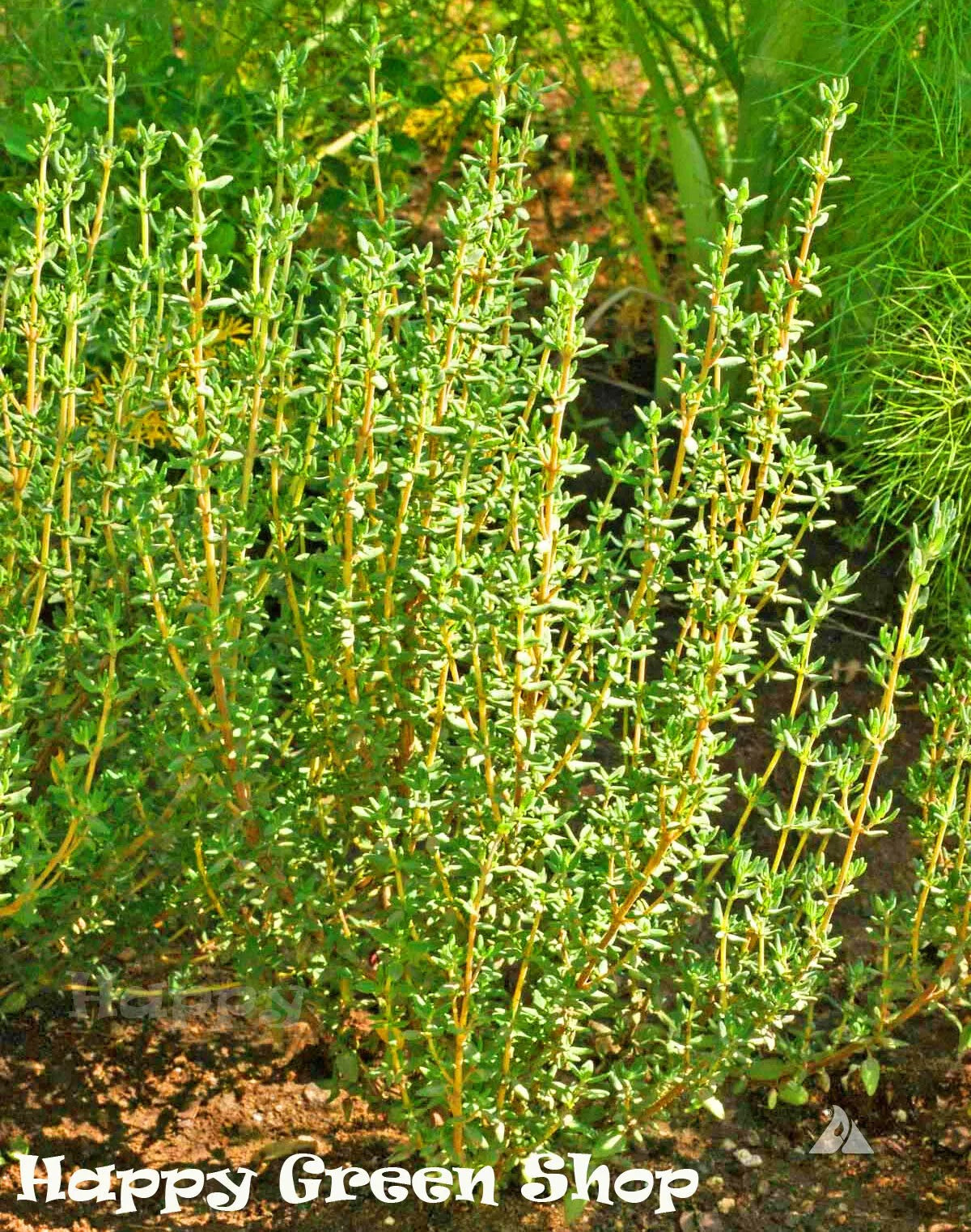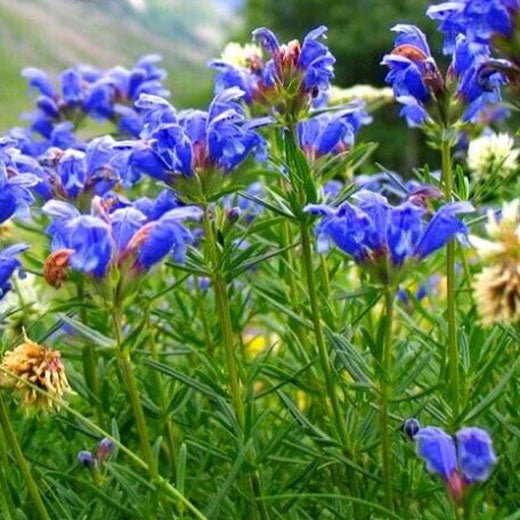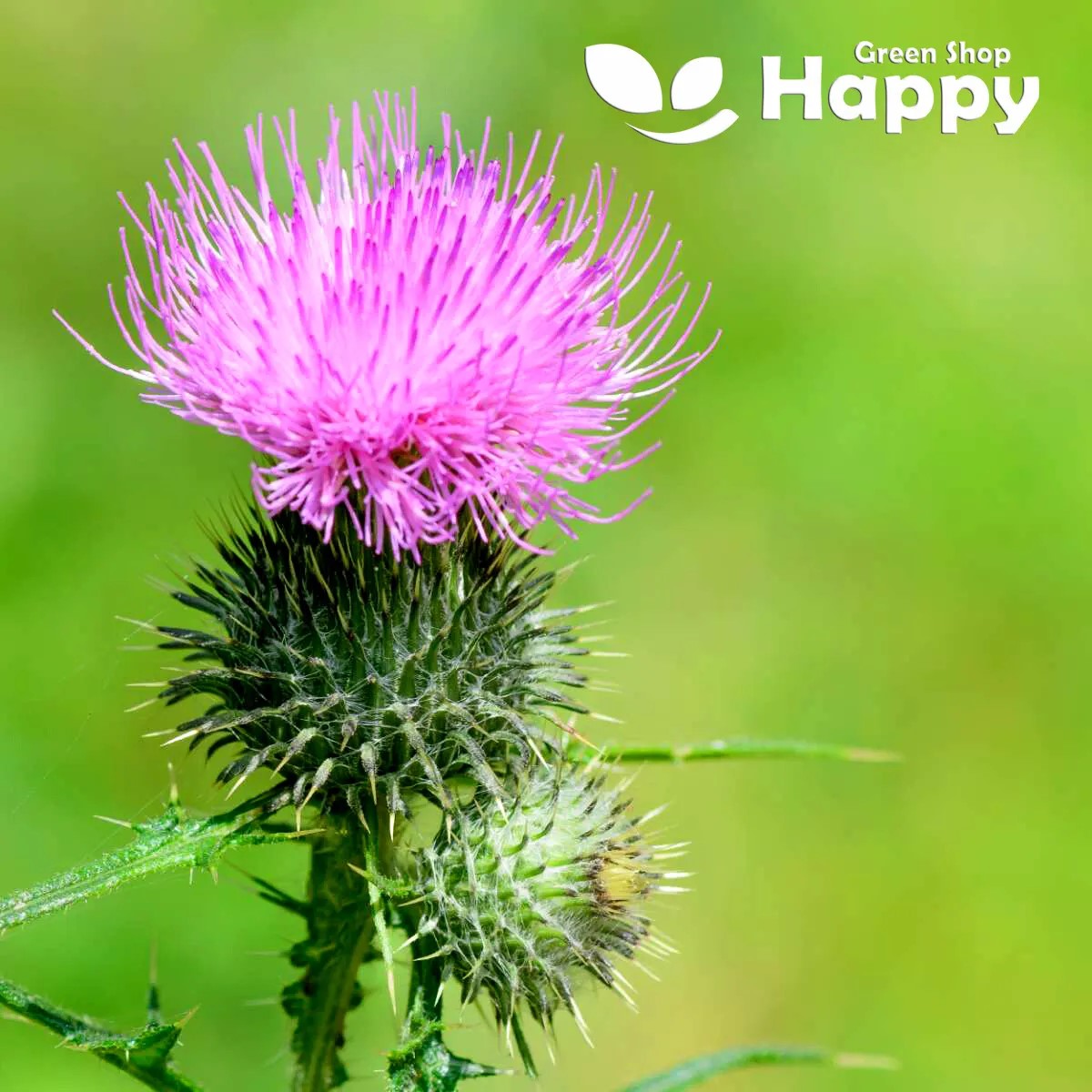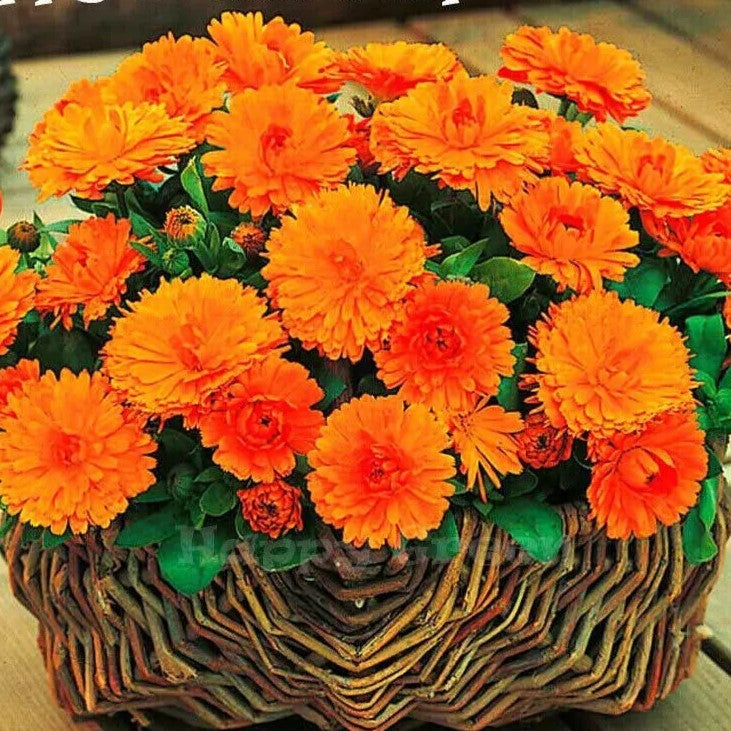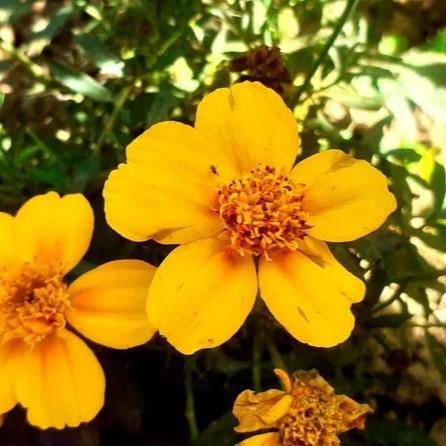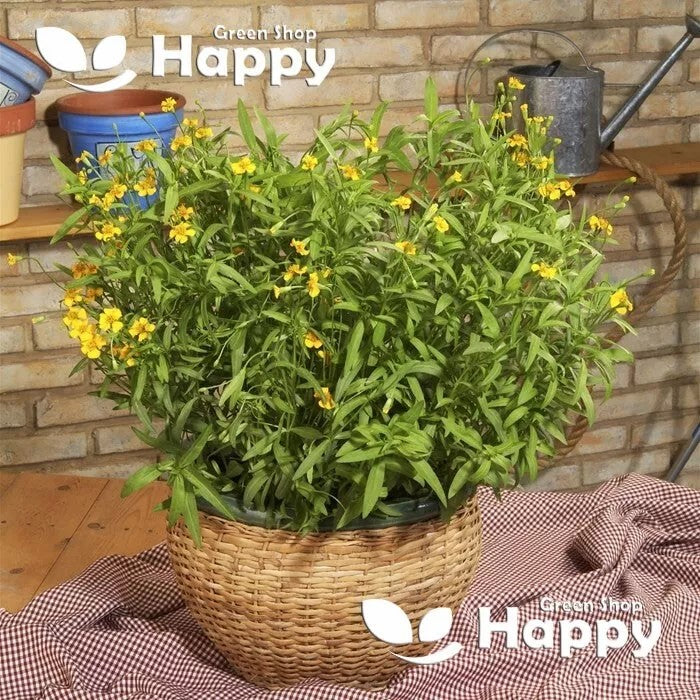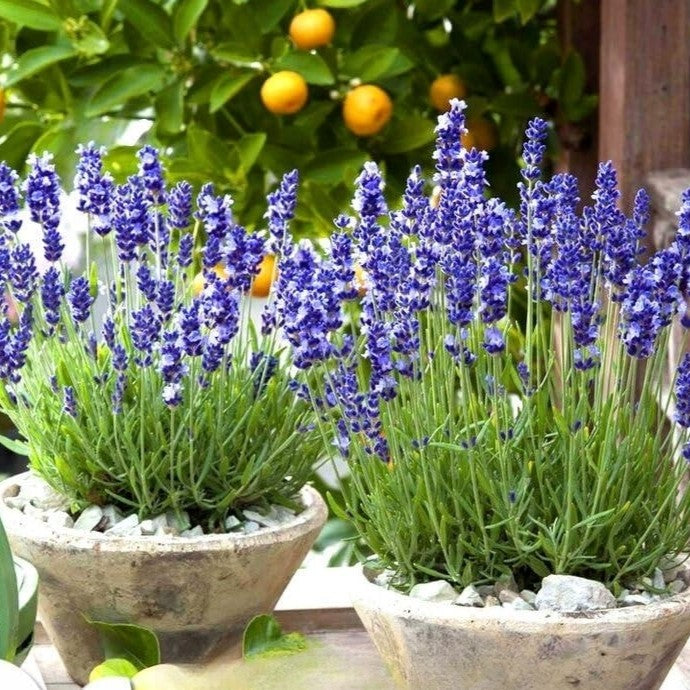Sort by:
32 products
32 products
Moldavian Dragonhead – Seeds (Dracocephalum moldavica)
The Moldavian Dragonhead (Dracocephalum moldavica) is a fragrant annual herb admired for its violet-blue flowers and aromatic lemon-scented foliage. Highly attractive to bees and butterflies, it makes a charming addition to herb gardens, borders, and pollinator-friendly spaces. Its leaves are sometimes used for teas with a refreshing citrus flavor.
Why Grow Moldavian Dragonhead?
-
Violet-blue blooms with a pleasant lemon fragrance
-
Excellent for pollinators, especially bees
-
Easy to grow and low maintenance
-
Useful as an ornamental and herbal plant
Ideal For
-
Herb gardens
-
Pollinator-friendly plantings
-
Borders and cottage gardens
-
Aromatic tea lovers
Key Features
-
Type: Annual herb
-
Height: 40–60 cm
-
Spread: 20–30 cm
-
Flowering: June–August
-
Position: Full sun to partial shade
-
Soil: Light, well-drained
Sowing & Growing
-
Sow indoors: March–April, lightly cover seeds
-
Germination: 7–14 days at 18–22°C
-
Transplant outdoors: After frost risk has passed
-
Direct sow outdoors: April–May
-
Spacing: 25–30 cm apart
Tip: Regular deadheading encourages longer flowering and stronger aroma.
Pot Marigold Dwarf ‘Sunset Buff’ – Apricot – 1,000 Seeds (Calendula officinalis)
The Dwarf Pot Marigold ‘Sunset Buff’ is a charming, compact variety producing apricot-peach blooms with soft golden undertones. Its warm pastel shades bring a unique elegance to beds, borders, and cottage gardens. Easy to grow and long-flowering, this hardy annual is also edible, with petals traditionally used to decorate salads or for natural dye.
Highlights
-
Distinctive apricot–buff blooms with golden tones
-
Compact, dwarf habit – perfect for pots and borders
-
Long flowering season from early summer to autumn
-
Attracts pollinators and beneficial insects
-
Edible petals for salads and herbal uses
Key Features
-
Botanical Name: Calendula officinalis
-
Variety: Dwarf ‘Sunset Buff’ (Apricot)
-
Seed Count: 1,000 seeds per pack
-
Height/Spread: 25–30 cm tall, compact growth
-
Position: Full sun, well-drained soil
-
Flowering Period: June – October
Perfect For
-
Bedding, borders, and cottage gardens
-
Patio pots and containers
-
Pollinator-friendly gardens
-
Edible flower displays and herbal uses
Sowing Instructions
-
Sow outdoors March–May or August–September for overwintering
-
Sow directly into soil, lightly cover seeds
-
Germination: 7–14 days
-
Thin seedlings to 20–25 cm apart
-
Deadhead regularly for prolonged flowering
Milk Thistle – Seeds
(Silybum marianum)
Milk Thistle is a striking biennial plant known for its spiny, variegated leaves and vibrant purple thistle flowers. Traditionally valued for its medicinal properties, especially for liver support, it also attracts pollinators like bees and butterflies. Easy to grow and drought-tolerant, it adds both beauty and utility to gardens.
Why Grow Milk Thistle?
-
Striking purple thistle flowers with spiny, variegated leaves
-
Traditionally used for medicinal purposes
-
Attracts bees and butterflies
-
Drought-tolerant and easy to grow
Key Features
-
Type: Biennial
-
Height: 100–150 cm
-
Flowers: Summer
-
Position: Full sun
-
Soil: Well-drained, moderately fertile
Ideal For
-
Medicinal and herbal gardens
-
Pollinator-friendly plantings
-
Ornamental borders and wildlife gardens
-
Low-maintenance, drought-tolerant landscapes
Sowing & Growing
-
Sow indoors: February–April in seed trays
-
Sow outdoors: April–May in prepared soil
-
Germination: 10–20 days at 18–20°C
-
Spacing: 50–60 cm apart
-
Care: Minimal; water moderately and remove weeds
Marigold Orange 'Gitana' Seeds (Calendula officinalis)
Fill your garden with a burst of sunshine! Marigold Orange 'Gitana' is a compact variety producing masses of vivid orange blooms all summer long. Perfect for borders, pots, and cutting, these cheerful flowers are also edible—ideal for garnishes, salads, or herbal uses. Hardy and reliable, they thrive in almost any soil.
What Makes It Special
-
Dazzling deep orange flowers in abundance
-
Compact, bushy plants perfect for small spaces
-
Long-lasting blooms for months
-
Petals are edible and attractive to pollinators
Key Features
-
Pack Size: 150 seeds
-
Height: 25–35 cm
-
Annual, bushy growth habit
-
Easy to grow, even for beginners
Ideal For
-
Beds, borders, and cottage gardens
-
Pots and containers
-
Cutting gardens
-
Companion planting with vegetables
Sowing
-
Sow outdoors Mar–May in well-drained soil, full sun
-
Lightly cover seeds with fine soil
-
Germination: 7–14 days
-
Thin seedlings to 20–25 cm apart
Lovage Seeds (Levisticum officinale)
Grow a robust, aromatic herb with Lovage (Levisticum officinale). This perennial produces tall, leafy stems with a strong celery-like flavor, perfect for soups, stews, stocks, and herbal infusions. Hardy and long-lived, it’s ideal for herb gardens, perennial beds, and pollinator-friendly plantings.
How to Grow
-
Sow seeds indoors 6–8 weeks before the last frost or directly outdoors in spring.
-
Use fertile, well-drained soil in full sun to partial shade.
-
Sow seeds 0.5–1 cm deep and thin seedlings to 40–50 cm apart.
-
Keep soil consistently moist until germination (14–21 days).
-
Transplant seedlings outdoors after frost risk has passed.
-
Harvest leaves and stems as needed; roots can be harvested in autumn.
Key Features
-
Tall, leafy perennial with strong celery-like flavor
-
Hardy, long-lived, and easy to grow
-
Ideal for soups, stews, stocks, and herbal infusions
-
Attracts pollinators and enhances garden biodiversity
-
Suitable for herb gardens, perennial beds, and companion planting
Ideal For
-
Herb gardens and kitchen beds
-
Culinary use in soups, stews, stocks, and teas
-
Perennial borders and pollinator-friendly plantings
-
Long-term herb cultivation with minimal maintenance
Sowing
-
Best time: Spring indoors or outdoors after frost
-
Depth: 0.5–1 cm
-
Spacing: Thin to 40–50 cm apart
-
Prefers full sun to partial shade and fertile, well-drained soil
Quick Tip
-
Regularly trim leaves to encourage bushier growth and a continuous supply throughout the season.
Lemon Balm – Seeds (Melissa officinalis)
Lemon Balm is a hardy perennial herb valued for its refreshing lemon-scented leaves. Perfect for teas, desserts, and savory dishes, it also makes a soothing herbal remedy often used to promote relaxation. Its fragrant foliage attracts bees and pollinators, while its resilience makes it an easy-to-grow choice for gardens, pots, or borders.
How to Grow
-
Sow indoors: March – May in trays at 18–20°C.
-
Sow outdoors: May – July in a sunny or lightly shaded spot.
-
Thin or transplant seedlings to 30 cm apart.
-
Prefers fertile, well-drained soil.
-
Cut back after flowering to encourage fresh growth.
Key Features
-
Hardy perennial with refreshing lemon scent
-
Aromatic leaves for teas, salads, and cooking
-
Excellent for herbal remedies and relaxation
-
Attracts bees and pollinators
-
Easy to grow in borders or containers
Ideal For
-
Herbal teas and drinks
-
Culinary use in sweet and savory dishes
-
Herb gardens, borders, and patio pots
Sowing & Harvest
-
Sow: March – July
-
Harvest: May – October
Quick Tip
Pick leaves early in the morning for the best flavor and fragrance.
Mexican Tarragon – Seeds
(Tagetes lucida) – Perennial Herb / Ornamental
Mexican Tarragon, also known as Sweet Mace or Spanish Tarragon, is a versatile plant prized both as a culinary herb and a decorative flower. It produces bright golden-yellow blossoms and aromatic leaves with a distinctive anise-like flavor, often used as a substitute for French tarragon in cooking. Highly valued in traditional medicine and rituals, it is also a magnet for pollinators like bees and butterflies.
Key Features
-
Type: Tender perennial (often grown as annual in cooler climates)
-
Height: 45–75 cm
-
Spread: 30–40 cm
-
Flowers: Clusters of golden-yellow blooms
-
Blooming period: Summer to autumn
-
Position: Full sun
-
Soil: Well-drained, moderately fertile soil
-
Other: Aromatic foliage; edible herb
Ideal For
-
Herb and kitchen gardens
-
Summer borders and cottage gardens
-
Pollinator-friendly gardens
-
Containers and pots
-
Edible landscaping
Culinary & Herbal Uses
-
Leaves used fresh or dried in soups, sauces, chicken, and fish dishes
-
Herbal teas with calming properties
-
Traditional medicinal and ceremonial uses
Sowing & Growing
-
Sow indoors: February–April in seed trays with light soil.
-
Germination: 7–14 days at 18–22°C.
-
Transplant: Harden off and plant outdoors after the last frost.
-
Care: Prefers sunny, warm positions. Pinch young shoots to encourage bushiness. Harvest leaves before flowering for best flavor.
Lavender ‘Hidcote’ Blue – Seeds (Lavandula angustifolia)
Lavender ‘Hidcote’ Blue (Lavandula angustifolia) is a classic compact variety prized for its deep violet-blue flower spikes and aromatic foliage. Ideal for borders, herb gardens, and containers, it attracts bees and butterflies while providing fragrant blooms for cutting and drying. Hardy and low-maintenance, it’s perfect for sunny, well-drained locations.
Why Grow "Hidcote Blue"
-
Deep violet-blue fragrant flower spikes
-
Compact, tidy growth ideal for borders and containers
-
Attracts pollinators such as bees and butterflies
-
Excellent for cutting, drying, and culinary use
Key Features
-
Type: Hardy perennial (Lavandula angustifolia)
-
Height: 30–45 cm
-
Flowering: June–August
-
Position: Full sun, well-drained soil
-
Uses: Borders, herb gardens, containers, pollinator-friendly planting
Ideal For
-
Herb and cottage gardens
-
Pollinator-friendly borders
-
Container planting and edging
-
Fragrant bouquets and dried arrangements
Sowing & Growing
-
Sow indoors: February–April in seed trays
-
Germination: 14–28 days at 18–22°C
-
Transplant seedlings into pots or borders after last frost
-
Space 25–30 cm apart for compact growth
-
Prefers sunny, well-drained soil; avoid overwatering
Hyssop Seeds (Hyssopus officinalis)
Grow a timeless herb with Hyssop (Hyssopus officinalis), a fragrant perennial prized for its aromatic leaves and striking blue-purple flowers. Traditionally used in herbal teas, remedies, and as a seasoning, hyssop also attracts pollinators and adds beauty to borders, herb gardens, and containers. Hardy and versatile, it’s an essential plant for both culinary and medicinal use.
How to Grow
-
Sow seeds indoors in spring or directly outdoors after the last frost.
-
Use well-drained, light soil in a sunny location.
-
Sow seeds 0.5 cm deep and thin seedlings to 30–40 cm apart.
-
Keep soil lightly moist until germination (14–21 days).
-
Harvest leaves and flowers throughout summer for fresh or dried use.
Key Features
-
Aromatic herb with blue-purple blooms
-
Culinary, medicinal, and herbal tea uses
-
Attracts bees, butterflies, and pollinators
-
Hardy perennial, easy to grow
-
Adds beauty and fragrance to the garden
Ideal For
-
Herb gardens, borders, and containers
-
Herbal teas, remedies, and cooking
-
Attracting pollinators and beneficial insects
-
Gardeners seeking hardy, multipurpose plants
Sowing
-
Best time: Spring indoors or after frost outdoors
-
Depth: 0.5 cm
-
Spacing: 30–40 cm apart
-
Prefers full sun and well-drained soil
Quick Tip
-
Trim plants after flowering to encourage bushier growth and a second flush of blooms.
Showing 18/32





